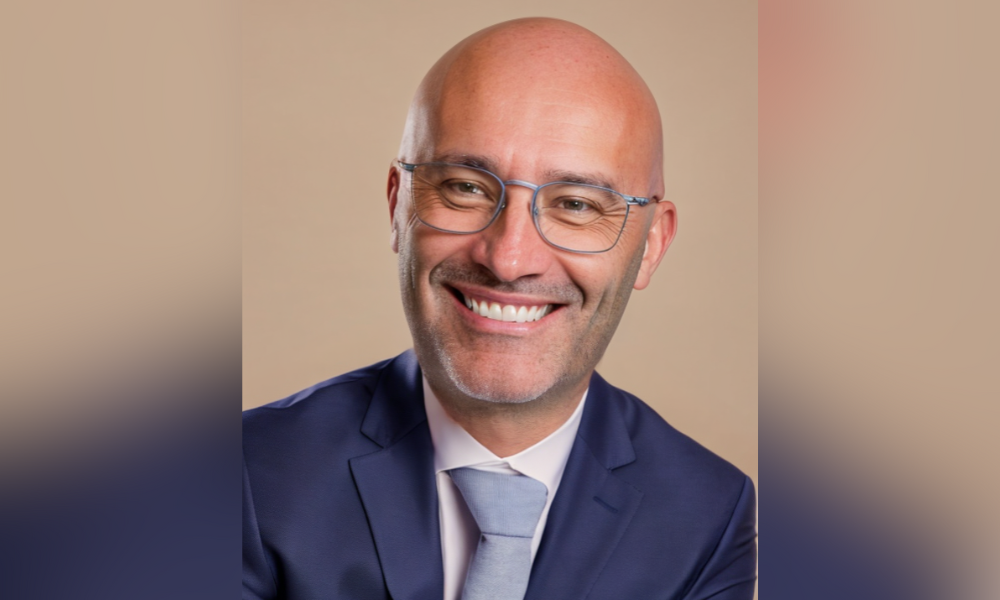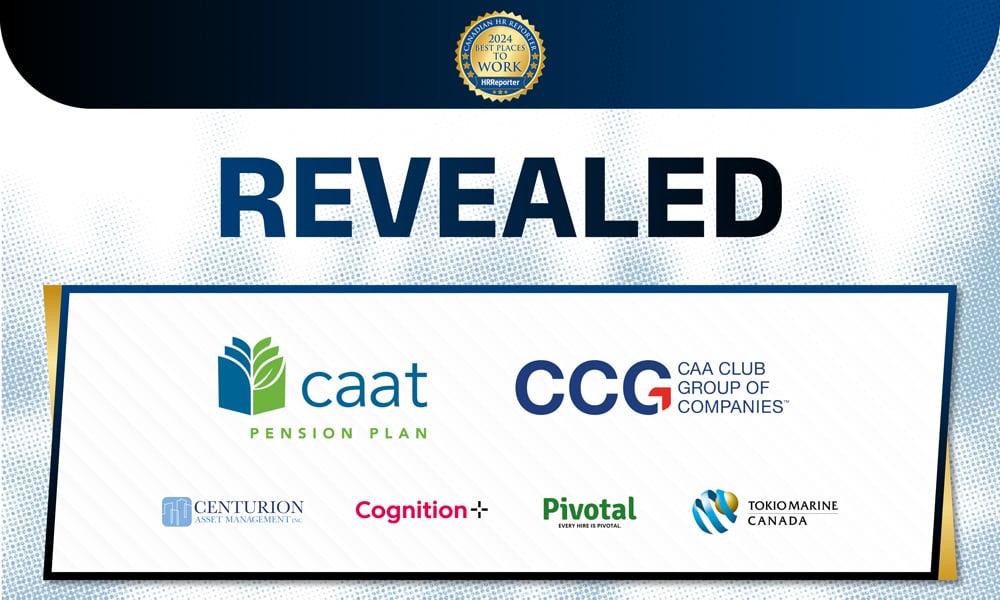'HR organizations and teams need to have a really new radical way of thinking'

Flexibility has become one of the most popular new buzzwords coined in response to COVID, but its role may be even more important for future workers.




